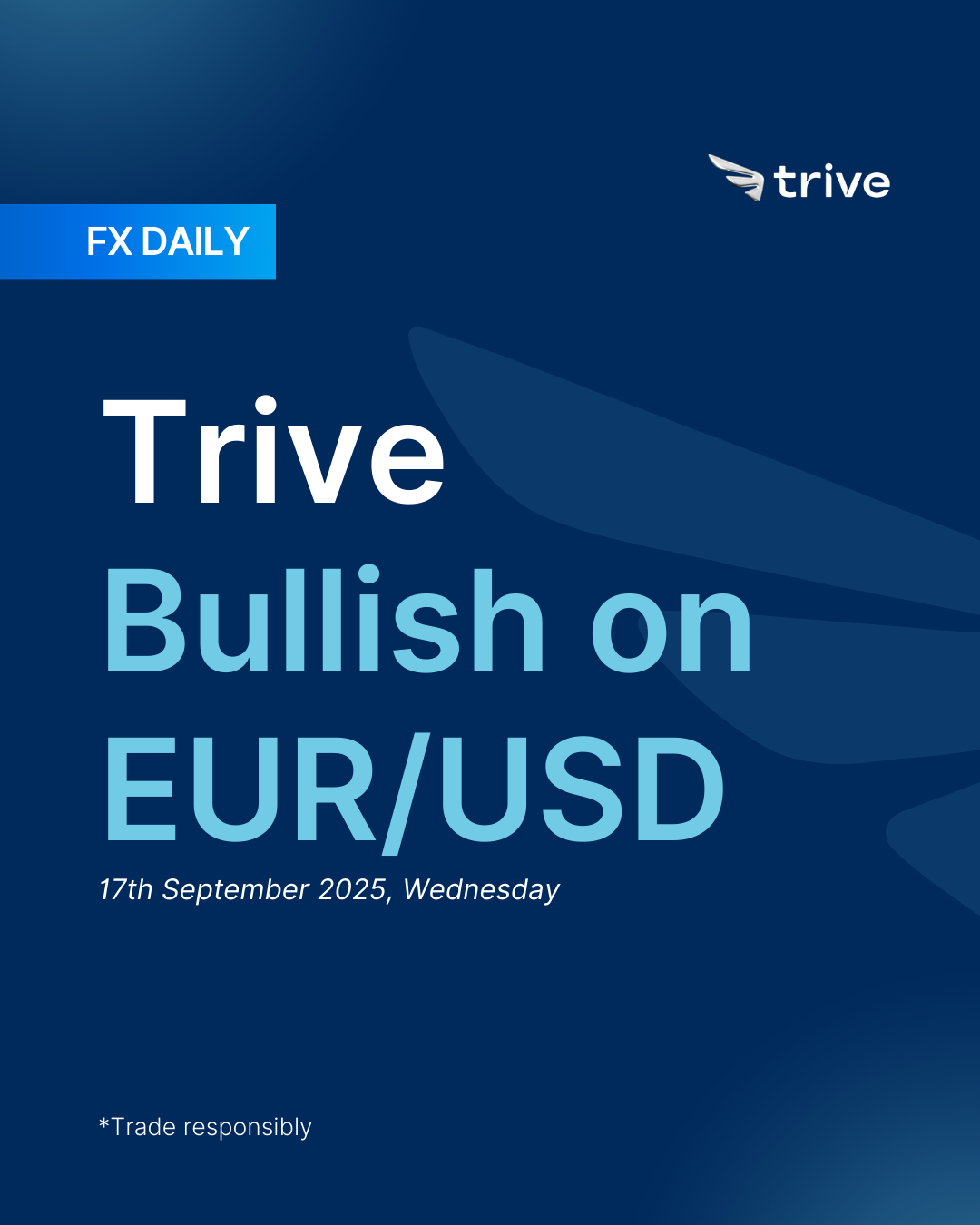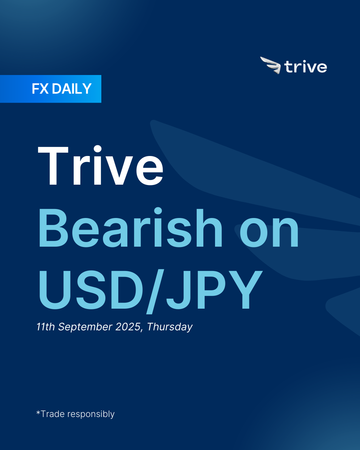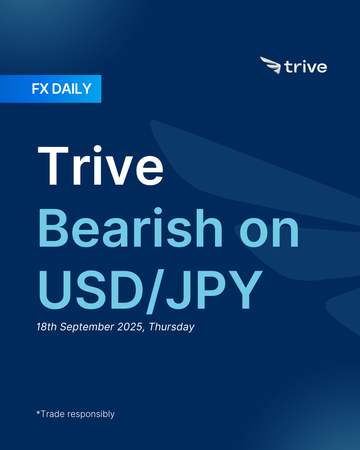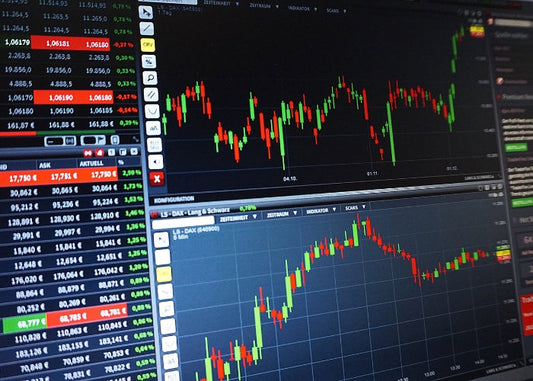FX Daily: Trive Bullish on EUR/USD

The euro rallied after a hawkish ECB hold, with Lagarde declaring “disinflation is over” and markets pricing out 2025 cuts. Hawkish follow-up comments kept EUR/USD above 1.1700 despite weak local data. Meanwhile, the dollar slumped on collapsing labor prints and dovish Fed repricing. With rate differentials narrowing and euro resilience intact, bias stays bullish EUR/USD, favoring dip-buying.
EUR: Hawkish ECB
The Euro saw a strong hawkish revival this week, driven entirely by a pivotal ECB meeting that signaled the end of its easing cycle. At the start of the week, the single currency traded passively against the US Dollar, with attention on the expected fall of French Prime Minister Bayrou’s government. The tone shifted sharply on Thursday after the ECB’s policy announcement. While the initial statement and updated staff projections, which placed 2026 HICP at 1.7%, sparked a brief dovish reaction, President Lagarde’s press conference quickly turned the tide. Her declaration that “the disinflationary process is over” and her upgraded view that growth risks are now “more balanced” triggered a sharp Euro rally. Traders swiftly priced out remaining rate cut expectations for 2025, sending the currency surging through 1.1700. The momentum was reinforced on Friday when several ECB officials echoed Lagarde’s confidence, leaving the Euro to end the week on solid ground and successfully decoupled from the dovish tone dominating the Federal Reserve.
The main driver was the ECB meeting itself. Rates were left unchanged at 2.00% in a unanimous decision, which was widely expected. Although the staff projections slightly revised 2026 inflation higher to 1.7%, still below some expectations of 1.9%, the press conference completely reversed the initial dovish move. Lagarde highlighted that growth risks are now balanced rather than tilted to the downside and firmly stated that disinflation is over. This pushed markets to aggressively scale back their expectations for rate cuts, with many analysts dropping their calls for a December cut and shifting to a prolonged hold into 2026. Reports following the meeting suggested no further cuts are needed to achieve the 2% inflation target. On Friday, a series of comments from ECB officials, including Villeroy, Kazaks, and Simkus, reinforced Lagarde’s stance, underlining that policy is appropriate and inflation has stabilized.
Economic data out of the Eurozone was generally soft but largely ignored in the face of the ECB’s hawkish pivot. Weak German trade figures, a sharp decline in the Sentix Economic Index on Monday, and a drop in French industrial production on Tuesday failed to weigh on the Euro. Final inflation numbers from France and Germany offered little surprise, merely confirming earlier estimates.
Political and geopolitical developments added background noise. In France, Prime Minister Bayrou lost a no-confidence vote on Monday, an expected outcome. President Macron moved quickly to stabilize the political situation by appointing Sebastien Lecornu as the new Prime Minister on Wednesday, a move seen as an effort to shore up support from the center-right. Market reaction was contained, with the OAT-Bund spread holding steady ahead of Fitch’s rating review after Friday’s close. Meanwhile, Russia–NATO tensions intensified after Russian drones entered Polish airspace, leading Poland to shoot them down and request Article 4 consultations with NATO allies. The incident spurred EU officials, including Commission President von der Leyen, to call for stronger sanctions and to push for faster progress on reducing reliance on Russian energy. In trade matters, von der Leyen also defended a new deal with the US, arguing it placed European industries in a favorable position compared to other economies facing higher US tariffs.
USD: 25bp cut by today is expected
The US Dollar was hit hard by a wave of weak economic data that confirmed a rapid deterioration in the US labor market and forced a sharp dovish repricing of Federal Reserve expectations. The DXY began the week on shaky ground, extending its post-NFP decline as markets grew confident in a September rate cut. On Tuesday, a shocking downward revision of 911k to the BLS Benchmark Payrolls initially sent the dollar tumbling, though a strange reversal later stabilized it. That stability did not last. Mid-week, the currency was shaken by a softer-than-expected PPI report, and then decisively by Thursday’s massive spike in Initial Jobless Claims to 263k, the highest since October 2021. This release became the defining event of the week, erasing any lingering belief in labor market resilience and sending the dollar into a steep sell-off. The DXY plunged through the 97.50 level as traders aggressively priced in more Fed cuts, ending a volatile week dominated by the firm turn toward a US slowdown narrative.
The main driver was the collapse in labor market data. Thursday’s Initial Jobless Claims surged to 263k against expectations of 235k, confirming fears of a rapid slowdown. This came after Tuesday’s BLS Preliminary Benchmark Payroll Revision revealed that job growth in the year to March 2025 had been overstated by 911k, showing the labor market was far weaker than previously thought. Inflation data also came in softer. August Producer Prices were much weaker than expected, with both headline and core month-on-month readings falling by 0.1% instead of the forecasted 0.3% rise. The August CPI was mostly in line, but its slightly hotter monthly headline of 0.4% was completely overshadowed by the disastrous jobless claims released at the same time. Confidence added to the negative picture. The preliminary September University of Michigan survey showed the headline sentiment index dropping to 55.4 from an expected 58.0, driven by a sharp fall in expectations. A rise in 5–10 year inflation expectations to 3.9% was noted but largely ignored.
The weak data led to an aggressive repricing of Fed expectations. Fed funds futures shifted to price in 70–73 basis points of easing by year-end, fully pricing in two rate cuts of 25 basis points each and assigning more than an 80% probability of a third cut before the end of 2025. Following the soft PPI report on Wednesday, President Trump renewed his criticism of the Fed, demanding big rate cuts immediately and calling Chair Powell a disaster. The week also began with Trump naming Waller, Warsh, and Hassett as finalists for the Fed Chair role, but by week’s end, reports suggested BlackRock’s Rick Rieder had also become a serious contender. The Fed itself remained in its blackout period before the meeting.
Geopolitical tensions flared as well. Russia–NATO tensions escalated after Russian drones violated Polish airspace, prompting Poland to shoot them down and invoke NATO Article 4 consultations. This marked the first direct engagement between a NATO member and Russian equipment and triggered a strong response from President Trump, who warned of “very hard” sanctions against Russia. The US later proposed broad G7 sanctions on Russian energy. Meanwhile, in the Middle East, tensions spiked after Israel launched an attack targeting a Hamas delegation in Doha, Qatar. The White House confirmed it had been informed in advance, but the move created diplomatic friction with Qatar.
Market sentiment turned firmly toward a US slowdown. While geopolitical risks were elevated, the dollar’s weakness was driven mainly by domestic data. The market adopted a “bad news is good news” stance for assets, with equities and bonds rallying on the prospect of aggressive Fed easing. For the US Dollar, however, bad news was just bad news, as interest rate differentials moved against it and selling pressure intensified. The focus shifted away from hopes of a soft landing and toward concerns of a harder landing that would require a more forceful Fed response.
The dollar slid as a run of weak labor prints, a softer PPI, and the large payroll benchmark revision drove a clear dovish repricing at the front end, with the jump in initial claims to a new cycle high doing the most damage. The same drivers from last week remain in place as the Fed’s focus leans toward employment and front end yields stay heavy, so rallies were sold rather than chased.
Near term we’re bearish. Domestic drivers dominate as the labor picture weakens and markets price earlier and larger easing, which pulls two year yields lower and compresses differentials versus peers that are not easing as quickly. External drivers add weight because risk appetite is stable to firmer and that usually leaves the reserve currency on the back foot unless global growth lurches into outright stress. Trading wise we continue to sell strength into rebounds, and we would dial this down only if the next CPI and wages reaccelerate together, claims retreat decisively, PMIs turn up, or Fed communication reins in the easing path through a lift in front end pricing. Next week the key event will be the FOMC meeting. If the driver mix flips meaningfully or if policy guidance shifts more dovishly than expected, we will reconsider and lean toward a weaker currency until the data and pricing improve. The dollar historically does best when growth and inflation are slowing together or in stagflation, and it underperforms in global expansion phases, so the current mix argues against chasing bounces unless those regime signals change.
Longer term, we shift to weak bearish. We keep a gradual softening bias as the US outperformance premium cools and differentials compress, while the dollar smile framework says the currency tends to fade when global growth stabilizes or broadens and pro cyclical peers lead. Reserve status and safe haven demand can still create countertrend support if global risk sours, but absent a deeper global shock the balance of domestic easing and narrowing spreads should cap the upside. Trading wise we prefer to fade medium horizon rallies and reassess only if a sustained run of firmer CPI and wages lifts the policy path, if PMIs and payrolls strengthen together, or if credit and equity tone rolls over in a way that revives capital preservation flows into the dollar. If the driver mix flips meaningfully or if policy guidance shifts more dovishly than expected, we will reconsider and lean toward a weaker currency until the data and pricing improve. The dollar’s behavior across cycles and its sensitivity to global growth context support this stance.

Disclaimer
This material is provided for informational purposes only and does not constitute financial, investment, or other advice. The opinions expressed in this material are those of the author and do not necessarily reflect the views of Trive International. No opinion contained in this material constitutes a recommendation by Trive International or its author regarding any particular investment, transaction, or investment strategy. This material should not be relied upon in making any investment decision.
The information provided does not consider the individual investment objectives, financial situation, or needs of any specific investor. Investors should seek independent financial advice tailored to their individual circumstances before making any investment decisions. Trive International shall not be liable for any loss, damage, or injury arising directly or indirectly from the use of this information or from any action or decision taken as a result of using this material.
Trive International may or may not have a financial interest in the companies or securities mentioned. The value of investments may fluctuate, and investors may not get back the amount they originally invested. Past performance is not indicative of future results.
For more information about Trive International, please visit http://trive.com/int
Additional Information
Investing involves risk, including the potential loss of principal. Diversification and asset allocation strategies do not ensure a profit or guarantee against loss. The content in this material is subject to change without notice and may become outdated or inaccurate over time. Trive International does not undertake any obligation to update the information in this material.
By accessing this material, you acknowledge and agree to the terms of this disclaimer. If you do not agree with these terms, please refrain from using this information.
No comments
Home
Trive
TriveHub





0 comments